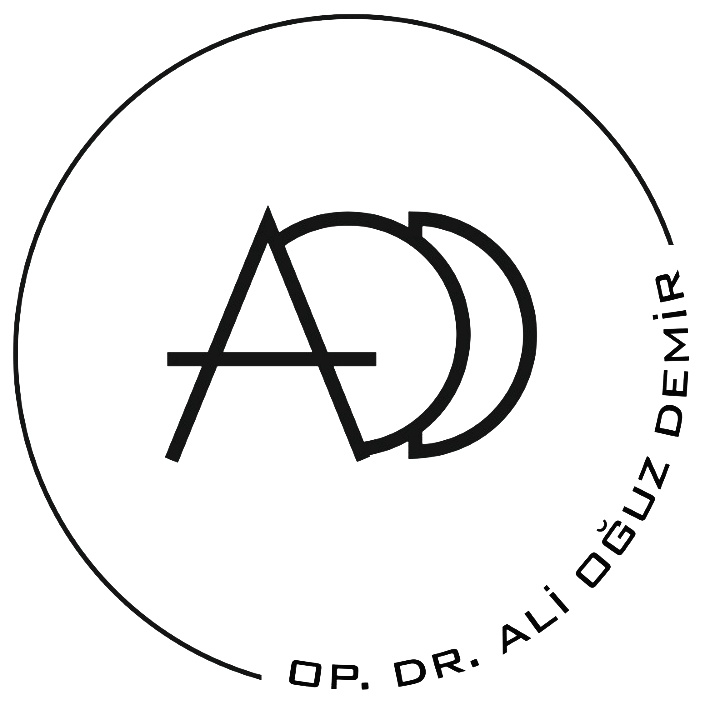Otoplasty (Prominent Ear Surgery)
Otoplasty and prominent ear surgery is an important surgical procedure that addresses ear protrusion, shape, asymmetry, proportion to the face and restores overall balance. This procedure corrects the size of the ears and removes any asymmetry.
Who Can Have Otoplasty?
Otoplasty can be preferred for both cosmetic and reconstructive conditions. The ideal age range for prominent ear surgery is 5 to 6 years old. However, adults can also apply for this procedure.
How is Otoplasty Performed?
Prominent ear surgery is usually an outpatient procedure. It can take between 1 and 3 hours, depending on the characteristics and complexity of the procedure. In general, otoplasty consists of the following steps:
Anesthesia
In adults, the procedure can be performed under local anesthesia with sedation. In some cases, general anesthesia may be used. In young children, surgery is usually performed under general anesthesia. The doctor will recommend the most appropriate type of anesthesia.
Procedure
The surgeon makes a small incision behind the ear or inside the ear folds. After this incision, the surgeon relocates the cartilage or cuts off the excess protruding part, depending on the need. Finally, the specialist places absorbable sutures to secure the cartilage in its new position and then closes the incision.
What are the things to watch out for after otoplasty?
The following are the general things to be aware of after otoplasty:
After the procedure, the specialist will place a bandage on the surgical site so that the wounds heal quickly. The bandage protects the ears and applies a slight pressure. This reduces pain. The bandage should never be wet during this process.
After the procedure, the medications given by the doctor should be used according to the recommendations.
In general, it is necessary to wait at least 1-2 weeks after surgery to return to normal activities.
The results of otoplasty are immediately visible and permanent.
Since smoking greatly delays the healing of the wound, smoking should be avoided for at least 1 month before the procedure.
